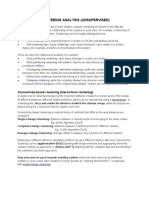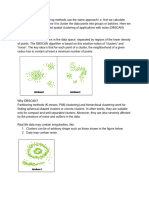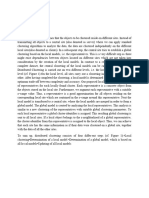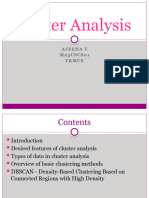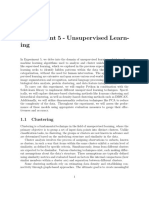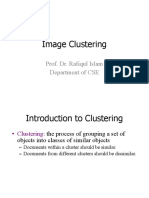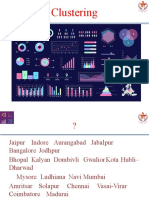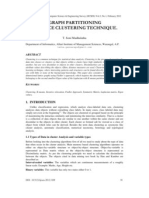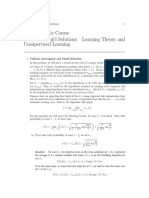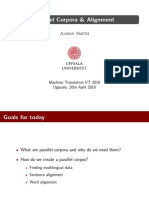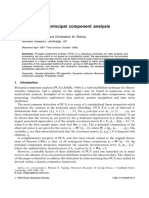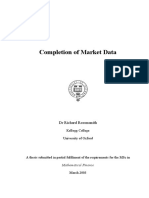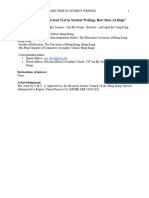0% found this document useful (0 votes)
7 views13 pagesComparison of Clustering Algo
This study compares K-Means, DBSCAN, and Gaussian Mixture Models (GMM) for clustering traffic data, highlighting their performance differences. K-Means is efficient but struggles with non-globular clusters, DBSCAN excels in handling noise but is sensitive to parameters, and GMM offers a flexible probabilistic approach. The findings suggest that the choice of algorithm should align with specific traffic management needs, with potential for future exploration of hybrid methods.
Uploaded by
kavya kuthyarCopyright
© © All Rights Reserved
We take content rights seriously. If you suspect this is your content, claim it here.
Available Formats
Download as DOCX, PDF, TXT or read online on Scribd
0% found this document useful (0 votes)
7 views13 pagesComparison of Clustering Algo
This study compares K-Means, DBSCAN, and Gaussian Mixture Models (GMM) for clustering traffic data, highlighting their performance differences. K-Means is efficient but struggles with non-globular clusters, DBSCAN excels in handling noise but is sensitive to parameters, and GMM offers a flexible probabilistic approach. The findings suggest that the choice of algorithm should align with specific traffic management needs, with potential for future exploration of hybrid methods.
Uploaded by
kavya kuthyarCopyright
© © All Rights Reserved
We take content rights seriously. If you suspect this is your content, claim it here.
Available Formats
Download as DOCX, PDF, TXT or read online on Scribd
/ 13




